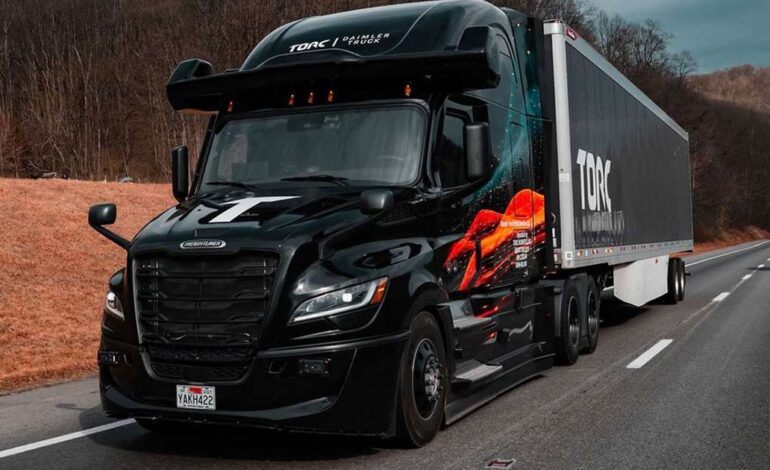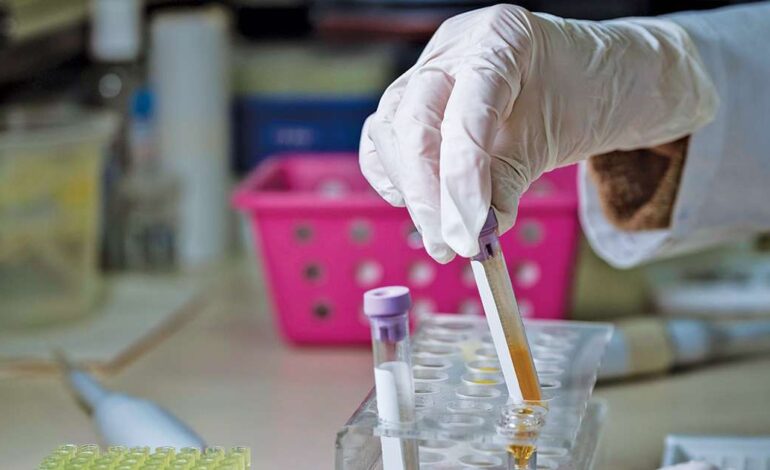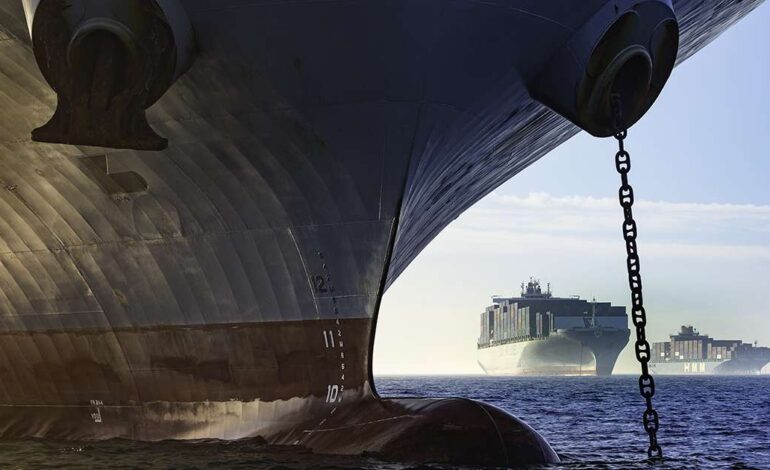
Torc Pioneers Autonomous Truck Testing on Critical Laredo-Dallas Route
Torc Robotics has initiated testing of its autonomous trucks on the pivotal Laredo-Dallas corridor, a significant step in transforming transport logistics. This article delves into the implications, challenges, and promises of this innovation, exploring how it could reshape the future of freight transport across key Texan routes.
Why the Laredo-Dallas Lane Matters
The Laredo-Dallas lane is a major artery in the U.S. supply chain, connecting one of the busiest trade zones to the economic hub of Texas. The implementation of autonomous trucks in this corridor could revolutionize freight transport efficiency, offering new solutions to challenges like driver shortages and fuel costs.
The Technology Behind Torc’s Autonomous Trucks
Torc’s autonomous technology combines state-of-the-art sensors, AI systems, and machine learning to navigate complex road conditions safely. By continually testing and refining their systems under real-world conditions, Torc aims to perfect the balance between automation and safety, paving the way for commercial deployment.
Challenges Facing Autonomous Trucking
Implementing autonomous trucks on a large scale poses several challenges, including regulatory hurdles, public acceptance, and infrastructure adaptations. Addressing these issues is crucial for Torc and similar companies to gain momentum and achieve widespread deployment of their technologies.
Future Implications for Freight and Logistics
The success of autonomous trucks on the Laredo-Dallas route could lead to a significant overhaul in freight logistics. From reduced transit times to lower operating costs, the potential benefits are immense. This technological shift also promises to create new opportunities and necessitate strategic adjustments in the logistics industry.
Conclusão
Torc’s testing of autonomous trucks on the Laredo-Dallas lane marks a critical advancement in logistics technology, highlighting its potential to enhance efficiency and reduce costs. As these vehicles navigate their trials, the future of freight transport stands on the brink of transformation, inviting stakeholders to adapt and capitalize on these innovations.






